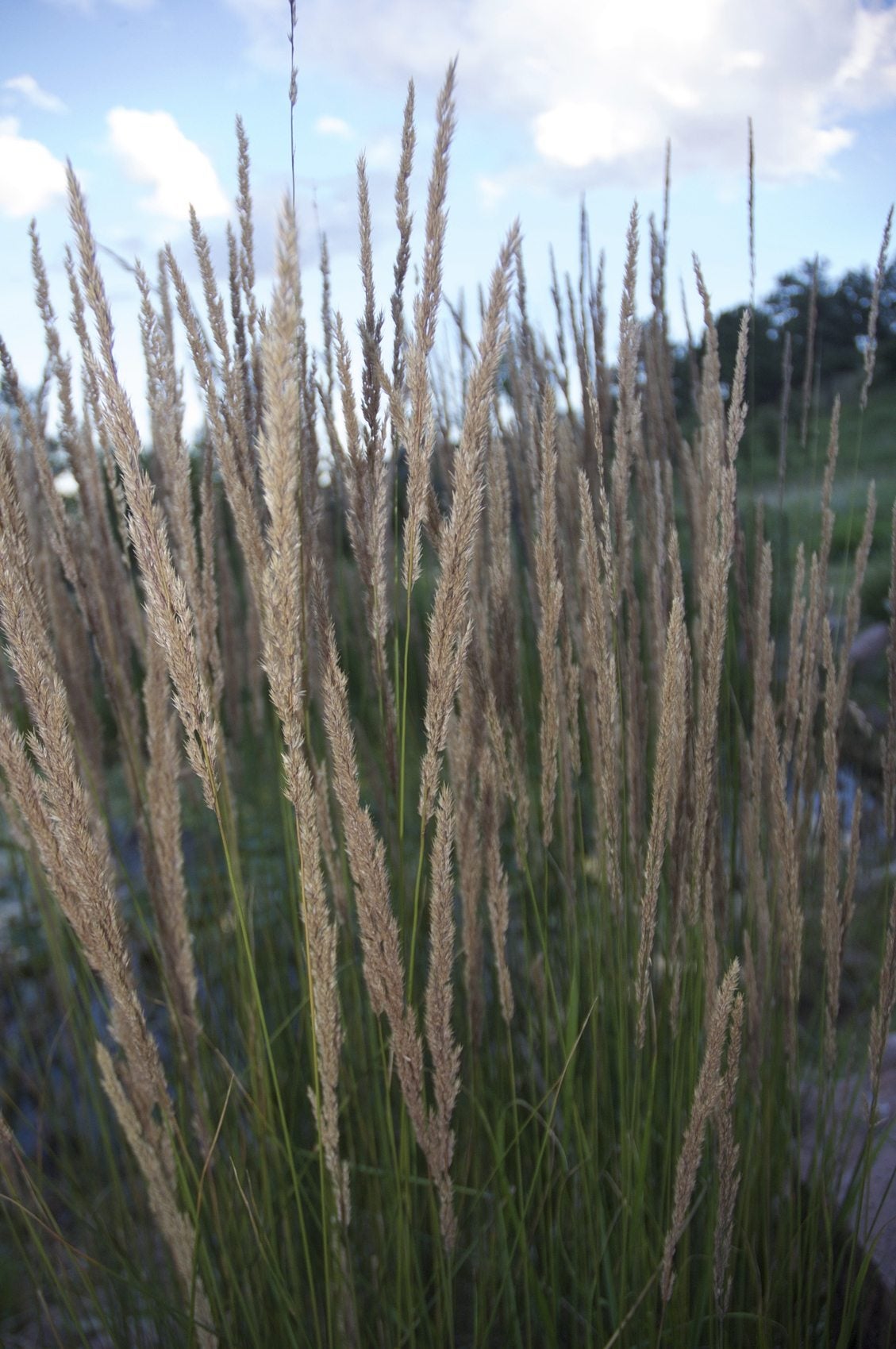Zone 3 Grasses For Gardens And Lawns: Growing Grass In Cold Climates


Grasses perform numerous functions in the landscape. Whether you want a thick green lawn or a sea of swaying ornamental foliage, grasses are easy to grow and adaptable to many types of situations.
Cold climate gardeners in USDA zone 3 can have difficulty finding the right plants that will perform well year-round and survive some of the coldest winters. Zone 3 grasses for gardens are limited and the choices need to weigh the plant's tolerance to snow weight, ice, cold temperatures, and shorter seasons for growth.
Lawn Grass for Zone 3
Zone 3 plants must be extremely winter-hardy and able to thrive in spite of cooler year-round temperatures. Growing grass in cold climates can be challenging because of the short growing season and extreme weather. In fact, there are only a handful of appropriate turfgrass options for this zone.
There are more zone 3 ornamental grasses, but these are mostly hybrids of each other and lack diversity. Here is an overview of some of the cold-hardy grasses for zone 3. Cool season grasses are best for zone 3 lawns. These grasses grow in spring and fall when the soil is at 55 to 65 degrees F. (12-18 C.). In summer, these grasses grow hardly at all.
- Fine fescues are some of the most cold-tolerant of the turfgrasses. While not recommended for high traffic areas, the plants have moderate tolerance to drought and high shade tolerance.
- Kentucky bluegrass is used across much of the United States. It is not shade-tolerant but forms dense, thick lawns and is durable during regular use.
- Tall fescues are coarse, cold hardy grasses for zone 3 that are tolerant of cold but not tolerant of snow. This lawn grass for zone 3 is prone to snow mold and can become patchy after extended snowfalls.
- Perennial ryegrass is often mixed in with Kentucky bluegrass.
Each of these grasses has different attributes, so it is important to keep in mind the purpose of the grass before choosing a sod type.
Zone 3 Ornamental Grasses
Ornamental zone 3 grasses for gardens run the gamut from diminutive, little 12 inch (31 cm.) high plants to towering specimens that may grow many feet (or meters) tall. Small plants are useful where decorative touches are needed around the edges of beds gamboling along paths or in containers.
Blue oat grass is a clumping grass for full to partial sun. It gets attractive golden seed heads in the fall. By contrast, the feather reed grass 'Karl Forester' is a 4 to 5 foot (1-1.5 m.) tall extravaganza with erect bristling seed heads and a slender, compact form. A brief list of additional zone 3 ornamental grasses follow:
Gardening tips, videos, info and more delivered right to your inbox!
Sign up for the Gardening Know How newsletter today and receive a free copy of our e-book "How to Grow Delicious Tomatoes".
- Japanese Sedge
- Big Bluestem
- Tufted Hair grass
- Rocky Mountain fescue
- Indian grass
- Rattlesnake Mannagrass
- Siberian Melic
- Prairie Dropseed
- Switchgrass
- Japanese Silver grass
- Silver Spike grass
Growing Grass in Cold Climates
Cold season grasses need a bit more preparation for success than their southern counterparts. Prepare the seedbed or garden plot well by adding amendments to ensure good soil drainage and nutrient retention.
In colder climates, rain and runoff are often common in the latter part of the winter, which can deplete soil fertility and cause erosion. Add plenty of compost, grit, or sand to ensure good drainage and work the soil to a depth of at least 5 inches (13 cm.) for turfgrasses and 8 inches (20 cm.) for ornamental specimens. Install plants in spring so they are mature and established with good root systems to withstand winter.
Cold season grasses will fair best if they get superior care during the growing season. Give plants consistent water, fertilize in spring, and mow or prune lightly in fall to preserve blade health. Deciduous ornamental plants can be cut back in early spring and allowed to regrow new foliage. Use organic mulch around ornamental plants to help protect the root zones from freezing temperatures.

Bonnie Grant is a professional landscaper with a Certification in Urban Gardening. She has been gardening and writing for 15 years. A former professional chef, she has a passion for edible landscaping.